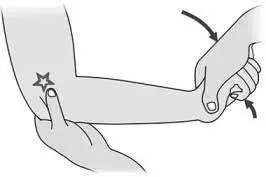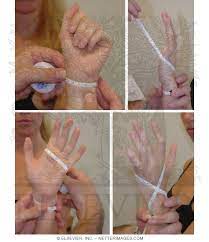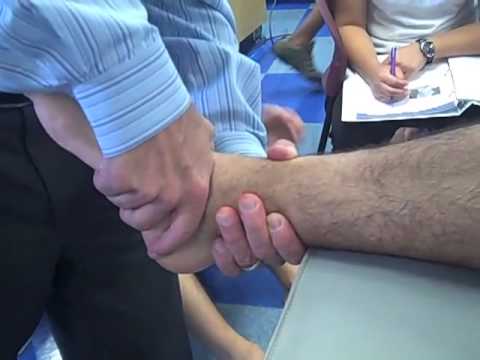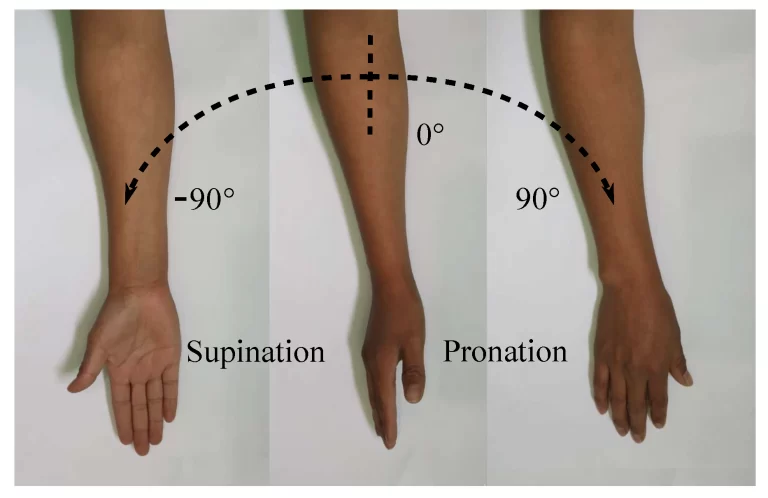Posterior Drawer Test
Table of Contents
What is a Posterior Drawer Test?
The Posterior Drawer Test is part of a routine knee examination. When a health care provider examines the knee, he or she examines the joint, tests ligaments and mobility, identifies swelling, and makes abnormalities to identify specific manipulations.
A PCL tear usually occurs as a result of a fall directly onto a bent knee. This injury can also be caused by a hard blow to the knee or shin (e.g., a front-seat passenger’s shin hitting the dashboard in a car accident). bending the knee backward or dislocating the knee.
This injury rarely occurs in isolation, and nearly eight out of ten PCL tears occur in junction with other ligament injuries. Serious injuries can also include cartilage damage, nerve damage, or a broken knee. However, the subsequent box test only diagnoses PCL injuries.
Badri A, Gonzalez-Lomas G, Jazrawi L. Clinical and radiological evaluation of the posterior cruciate ligament injured knee.
If the healthcare provider suspects further damage to the knee, other tests will follow.
Purpose
The posterior drawer test is performed to evaluate the posterior collateral ligament’s (PCL) structural integrity.
How Posterior Drawer Test done?
While lying down and relaxing, the examiner will bend your knee to a right angle (90 degrees). They then place their fingers on the knee joint and try to push the tibia (shin bone) back. When you use this pressure, your doctor will look for two things:
Posterior movement of the tibia
How certain seems the final point of this movement
Results and next steps
A healthy PCL(posterior collateral ligament) resists this pressure and keeps the tibia stable.
An injured PCL(posterior collateral ligament), on the other hand, offers less resistance and allows excessive posterior movement of the tibia (this movement is called “rolling” by healthcare providers) and the end point of this movement is much less fixed than it should be.
A “positive” result in this case probably means a PCL(posterior collateral ligament) tear.
Additional Testing
If your doctor suspects a PCL(posterior collateral ligament) tear or related knee injury, they will usually order an MRI to confirm the injury. However, the severity of the injury can usually be assessed by an inspector testing the stability of the joint itself with the PCL test. After diagnosis, the healthcare provider assesses the injury.
Grade 1 and 2 ligament injuries (partial tears) do not require surgery to repair and are usually treated with some combination of rest, elevation, pain relief, and physical therapy. Grade 3 injuries indicate a complete tear of the ligament. Repairing ligaments requires surgery, but is not always recommended by healthcare providers.
For example, older patients who are less active can recover and live a normal life without surgery. Younger, more active patients—especially athletes—need surgery to restore normal knee function. In cases where a PCL tear is associated with other ligament injuries, surgery may be performed more often due to the complexity and damage being repaired.
Evidence
Sensitivity and specificity are 0.90 and 0.99, respectively, while -LR is 0.10 and LR is 90.[3] Malanga et al concluded that the posterior box test was both highly sensitive and specific, but enhanced by posterior indentation. Budoff and Nirschl agree that the back box is the best test to determine the integrity of the PCL, but conclude that the classification is most important because it determines the course of therapy.
Results of a blinded, randomized, controlled trial show an accuracy of 96%, a sensitivity of 90%, and a specificity of 99% for detecting a PCL tear. For grade 2 and 3 posterior laxity, the screening accuracy was higher than for grade 1 posterior laxity.
FAQ
What is a positive posterior drawer test?
A positive test initially indicates posterior depression of the proximal tibia and anterior translation of the proximal tibia before the foot leaves the table when the leg is attempted to be raised. This forward translation can be quantified and compared to the opposite knee.
What is the posterior drawer test for osteoarthritis?
The posterior drawer test: This is the most accurate test to assess the integrity of the PCL. It is performed with the patient in a supine position, with the hip at 45 degrees and the knee at 90 degrees. A posterior force is applied to the proximal tibia while the femur is stabilized.
What is the posterior drawer test for ACL injury?
The posterior drawer test is a common orthopedic test used to evaluate tears of the posterior cruciate ligament. Similar to the previous drawer test, the test is performed in the supine position with the hip flexed 45° and the knee 90°, according to Rubinstein et al.
Reference
Test of the posterior drawer (knee). (n.d.). Physiopedia. https://www.physio-pedia.com/Posterior_Drawer_Test_(Knee)
J. Cluett. July 9, 2022. What Is a PCL Injury Posterior Drawer Test? Excellent Health. https://www.verywellhealth.com/posterior-drawer-test-2549600







One Comment